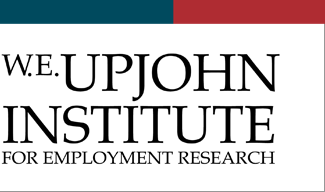Series
Upjohn Institute working paper ; 24-409
DOI
10.17848/wp24-409
Issue Date
November 2024
Abstract
The provision of public transportation can improve the accessibility of work opportunities. However, predicting the labor market effects of new transit infrastructure is difficult because of endogenous worker decisions. I examine a large public-transit rail project on the island of Oahu, Hawaii. Using block-level commuter-flow and travel-time estimates, I propose and estimate a quantitative spatial model of location and mode choice for workers. I estimate that the new rail system increases public-transit-mode share and the employment rate but does not reduce the average commute duration, because of endogenous worker sorting. Low-income workers on Oahu capture a significant share of transit’s direct benefits because of their relative preference for both transit and the neighborhoods served by rail.
Sponsorship
W.E. Upjohn Institute for Employment Research Early Career Research Award No. 21-58160-16
Subject Areas
LABOR MARKET ISSUES; Local labor markets; Regional policy and planning; Urban issues; Transportation and infrastructure
Get in Touch With The Expert
Want to arrange to discuss this work with the author(s)? Contact our .
Included in
Citation
Tyndall, Justin. 2024. "Predicting Rail Transit Impacts with Endogenous Worker Choice: Evidence from Oahu." Upjohn Institute Working Paper 24-409. Kalamazoo, MI: W.E. Upjohn Institute for Employment Research. https://doi.org/10.17848/wp24-409

